The Aviation Industry Secrets That No One Has Ever Told You !
I believe that the water on airplanes is contaminated with bacteria several times more than the permissible level, or flight attendants still use their phones during flights, and tray tables are the dirtiest places on the plane. These are the secrets in the aviation industry that flight attendants are forced to keep confidential, not to disclose to the public.
Join me in the following video to uncover the hidden secrets of the aviation industry. There are many things that will undoubtedly surprise you!
Watch the video by DiscoveryQuest
The aviation industry secrets that no one has ever told you I believe that the water on airplanes is contaminated with bacteria several times more than the permissible level or flight attendants still use their phones during flights and tray tables are the dirtiest places on the plane these are the secrets in
The aviation industry that flight attendants are forced to keep confidential not to disclose to the public join me in the following video to uncover the hidden secrets of the aviation industry there are many things that will undoubtedly surprise you number 25 life vests are often stolen Life vests located under each
Seat can be stolen so passengers should check before the plane takes off to ensure their safety there have been cases of passengers being fined for stealing life vests for their children’s swimming lessons or considering them as souvenirs to take home therefore it’s advisable to check beforehand to be prepared for any
Incident number 24 ash trays are often placed in Airplane restrooms although the AIA baned smoking on airplanes from the early 2000 restrooms on planes are still equipped with ashtrays this is because despite the no smoking policy and numerous prominent no smoking signs there are still cases of passengers
Secretly smoking in the restrooms hence asash trays help prevent fires in case passengers accidentally discard cigarette or trash in however if you flying it’s recommended not to smoke sometimes a single cigarette can lead to unexpected incidents for the aircraft number 23 flight delays also affect the entire crew the flight crew
Including pilots and flight attendants only get paid when the airplane’s doors are closed each airline has different salary policies but most follow this rule to save labor costs the time they spend on the ground is not counted towards their salary the only thing Airlines compensate for is a small fee
For each our flight attendance stay at the airport this means that if the flight is delayed or cancelled the staff does not get paid therefore sometimes flight attendants suffer more losses than passengers number 22 morning flights are better than evening flights there are several reasons why you should choose
Morning flights over evening ones statistics show that early morning flights are less likely to be delayed compared to afternoon or evening flights similar to roads Airways also experience congestion with delays starting around 8: a. every day and worsening reaching a peak around 6:00 p.m. moreover in morning airplanes are less likely to
Encounter turbulence in the air because most thunderstorms and adverse weather conditions typically occur in the afternoon or evening although waking up early to arrange luggage may be a bit challenging the safety and affordability make it a worthwhile Choice number 21 small holes on airplane Windows as the plane ascends air
Pressure decreases the external air pressure is significantly lower than the inside of the airplane causing various harmful physical effects on the airplane Windows airplane Windows consist of three separate glass panels outer middle in a tiny hole on the middle glass is known as the breathing hole helping balance the air pressure between the
Passenger cabin and the small space between the Middle outer glass this means the outer glass bears the brunt of the pressure while the middle glass serves as a safety backup the innermost glass doesn’t bear pressure but protects the middle and outer glasses from potential damage caused by passengers the breathing hole also releases
Moisture preventing the window from fogging up so while seemingly harmless the small hole in Airplane Windows pleas a crucial role in flight number 20 aircraft restrooms can be opened from the outside aircraft restrooms often have an additional lock hidden behind the no smoking sign you
Can lift it and push the latch to unlock the door from the outside this design is to ensure safety in the event of someone passing away being injured or staying inside for too long without response flight attendants can open the restroom door to address the situation from the
Outside number 19 pilot sleep while controlling the airplane according to a survey of 43 to 54% of pilots in Norway the United Kingdom and Sweden they admit to sleeping while in control of the aircraft experienced flight attendant Tracy Kristoff mentioned Pilots are scheduled for rest time during long
Flights however in reality even while on duty they inadvertently doze off during controlled rest Pilots sleep in the cockpit alternatively with bunk rest they’re allowed to leave the cockpit and use the crew rest area or the secret sleeping area designated for the crew certain principles are established when
Pilots take rest during flights for example controlled rest must be discussed by both pilots and only one is allowed to sleep while the other stays awake when in controlled rest Pilots sleep in their seats which must be reclined far back from the control panel so you don’t need to wonder if Pilots
Sleep during long flight number 18 the primary source of air on the airplane comes from the engines as you may know as altitude increases the air becomes thinner and the pressure increases sharply additionally airplane doors are usually tightly sealed with no gaps so where did dozens of people on the plane get the
Air to breathe for hours as the plane ascends the air becomes thinner so the airplane needs an Air Supply system to ensure sufficient oxygen for passengers at a pressure similar to that on the ground the main air supply for modern commercial air airplanes comes from the engines outside air is drawn in and
Compressed through various stages to serve the combustion process that generates thrust for the aircraft therefore the risk of virus transmission during air travel is quite low external air is drawn into the plane heated pressurized filtered for viruses and bacteria before mixing with cabin air and distributing throughout the compartment number 17 airplane oxygen
Masks provided enough air to breathe for about 15 minutes airplane oxygen masks only provide enough oxygen for one person for approximately 12 to 20 minutes with an average of around 15 minutes this number may make some people uneasy because 15 minutes seems too short however in emergency situations it
Takes pilots from 10 to 20 minutes to descend to a breathable altitude or locate and land at the nearest airport The crucial point is to know how to use the mask you must act quickly when the mask drops from above your head because you might face danger if there’s no
Oxygen to breathe within 30 seconds when the airplane cabin lacks oxygen passengers may experience headaches confusion a risk of unconsciousness so wearing the oxygen mask quickly is essential additionally an interesting fact about airplane oxygen masks that few people know is that they’re not connected to an oxygen tank or any
External oxygen supply these masks are connected to a chemical compound that releases oxygen when burned flight attendants often emphasize pulling the mask down forcefully when wearing it as this action triggers the chemical reaction to burn the mixture creating oxygen for breathing once the oxygen mask is activated the chemical reaction
Will continue until the entire compound is burned lasting from 12 to 20 minutes as I mentioned now you understand the importance of receiving instructions on how to wear the oxygen mask before each flight don’t you number 16 the captain and the first officer do not eat the same meal the
Practice of captains and first officers not sharing the same meal may sound peculiar but it follows a mandatory principle Aviation is a unique profession requiring courage and high discipline to face and handle any dangerous situation many commercial airlines have specific regulations for Pilots for instance when two pilots
Share the cockpit they are providing with different meals to minimize the risk of food poisoning this unusual rule aims to ensure safety and reduce the possibility of both Pilots being affected in case of food poisoning in the event that one pilot is affected the other can still carry out the mission
And complete the flight this precaution becomes crucial in scenarios where both meals might be contaminated posing a challenge to the flight it’s worth noting that Pilots are often advised to avoid consuming raw food such as SE food before and during flights to maintain Optimal Health number 15 flight attendants still
Use their phones while the use of mobile devices is restricted for passengers during takeoff and Landing flight attendants continue to use them normally the impact of using phones on the plane is minimal it’s only necessary to turn them off during takeoff and Landing because at these times the flight crew
Constantly communicates with ground control stations monitoring altitude speed and other critical parameters to ensure the safe operation of the aircraft phone signals during these times can cause inaccuracies in data and Communication number 14 the aircraft accident rate is extremely low despite many people’s fear of flying the annual average aircraft accident rate is 1 in 11 million if you were to fly once a day statistically you would have to fly for about about 10,000 years before encountering a rare accident a 1999
Study even suggested that flying is safer than being admitted to a hospital worldwide there are at least 98,000 deaths each year due to Medical errors comparatively with a one in 5,000 chance of dying in a car accident the sky indeed seems safer so don’t worry about the plane crashing is flying is
Statistically safer than being on the GR number 13 the rear of the aircraft is safer in case of an incident the rear of the aircraft is considered safer a study by Popular Mechanics concluded that passengers seated near the Tail of the plane have up to a 40 higher chance of
Survival and accidents compared to those in the front to be more specific research from the University of greenwitch indicates that passenger seated in rows 2 to 5 counting from the seats near the emergency exit to the wing have a greater chance of survival passengers seeded from row six onwards
Considering the distance from the emergency exit have significantly lower survival chances especially in cases of fire and emergency situations furthermore one crucial advice during airplane accident is to abandon personal belongings trying to retrieve all your possessions can cause delays and hinder the evacuation process keep both hands free to remove obstacles when running
And cover your nose and mouth to avoid inhaling smoke number 12 white smoke Trails left by planes can be used for weather forecasting these white Trails only appear when the plane is flying at a certain altitude typically 10,000 M or above at this altitude the temperature and air pressure are very low the
Temperature difference causes water vay vapor from the aircraft engines to condense and freeze creating long winding white contrails not all white smoke tra rails created by airplanes are the same sometimes they form a long streak across the sky while other times they quickly dissipate based on these differences we can make weather
Predictions thin quickly disappearing Trails indicate low humidity signaling a sunny day thick long-lasting Trails suggest highly moist atmospheric conditions predicting upcoming thunderstorms or a storm number 11 food on the plane tastes unusual when you are at an altitude of 9,000 M the aircraft cabin has low air
Pressure dry air low humidity and high noise levels all these factors affect your sense of smell and taste your mouth and nose may become dry and your taste buds may experience numbness reducing the ability to taste salty or sweet flavors Airlines try to compensate for this by adding extra salt and sugar but
It’s still not enough to eliminate the dullness additionally the noise on the plane significantly impacts the enjoyment of the food Research indicates that loud noise affects the ability to taste sweetness so if the airplane food doesn’t taste good and doesn’t suit your pallet don’t complain it’s just because
The flavors of the dishes change when flying at high altitudes number 10 pouring Mercury on a plane can cause damage since airplanes are primarily constructed with aluminum Mercury can break down the chemical structure of aluminum therefore you should be careful about the items you bring on flight this also explains the
Reasonable Suspicion of various governments during World War T when attempting to sabotage enemy planes by applying Mercury number nine cannot open the door while the plane is in flight at least you don’t have to worry about any crazy plotting to open the door while the plane is flying in reality the door can
Only be opened from the inside when the plane is on the ground taxiing or park when the plane is in Flight especially at a certain altitude usually above 10,000 MERS the pressure inside the plane is significantly High making it impossible to open the airplane door no
One is strong enough to open a locked door under such pressure moreover the airplane door is designed for absolute safety requiring multiple steps to open it specifically the door is designed to have the outward facing side smaller than the inward-facing side of the cabin this makes it impossible for someone
Inside to push the tightly sealed door open from the inside if you ever want to try opening an airplane door or afraid someone might try to open it during a flight rest assured it’s impossible number eight temperature on the plane is usually low have you ever wondered why it’s often chilly on
Airplanes the temperature inside the passenger cabin typically ranges from 20 24° CSUS in reality there are several important reasons to maintain a lower temperature in Airplane Cabins this temperature is maintained based on a scientific principle the American Society for testing and materials published a study indicating that warmer cabin temperatures could increase the
Risk of passengers fainting the research shows that people are more prone to fainting on airplanes compared to being on the ground primarily due to hypoxia hypoxia is a condition that frequently occurs in airline passengers where the body cells don’t receive an adequate amount of oxygen therefore maintaining a warmer
Cabin temperature could Elevate the risk of passengers fainting the flight crew always keeps the temperature inside the cabin cooler to mitigate this risk and a temperature range of 20 to 24° CSUS is considered reasonable number seven thunderstorms don’t affect airplanes according to Global statistics on average for every
3,000 flight hours an airplane is struck by lightning once lightning usually hits planes with engines located at the rear however if a plane is struck in midair thunder and lightning will not affect the aircraft during flight inside the aircraft structure there is a metal mesh this is a fine steel mesh that prevents
External currents from penetrating deeply and redirects them additionally the aircraft’s fuselage is designed with multiple shielding layers to protect it from electrical shocks originating from outside all these components are thoroughly inspected before being put into operation therefore you don’t need to worry about airplanes being struck by lighting during flights in Stormy
Weather number six airplane windows are always circular in the Inon a secret in the early days airplane windows were square or rectangular later they transition to Circular or oval shapes why is that the sharp corners of Square windows are a weak point because it is where pressure concentrates making them
Susceptible to weakening under air pressure under continuous pressure the four corners of Square Windows on airplanes become a nightmare making the aircraft prone to cracks and breakage circular orov windows on the other hand have no concentration point of weakness allowing for better distribution of pressure and minimizing the risk of
Cracking or braking the circular shape is also a more robust form resisting pressure induced changes in shape better and therefore can withstand the pressure difference between the outside and inside of the Airplane number five when Landing cabin lights dim gradually many people must wonder why when airplanes touch down at night the crew gradually dims the lights inside the cabin and the airplane’s lighting system starts to fade this is to ensure that in emergency evacuation situations passengers and
Crew can adapt to Darkness and move more quickly opening airplane Windows also serves a similar purpose passengers get accustomed to Natural Light while flight attendant can assess the situation outside better before knowing this I used to think that the lights were lower to help passengers fless Le but it turns
Out that’s not the case at all number four water tanks on airplanes are actually very dirty the number of bacteria in the water supply on these flights L is often T if not hundreds of times higher than the allowed levels in the United States the water tanks on airplanes might not receive much
Attention can become reservoirs for harmful bacteria which flight attendants often use to make coffee and tea during flights when the aircraft lands at the airport and due to time constraint the water tanks on airplanes may not be completely emptied and cleaned water is only added to the tanks after each
Flight leaving a certain amount of old water at the bottom of the tank according to a 2004 study the PA tested Airlines and found that 15% of them were positive for coliform bacteria after learning this information I wonder if you would still dare to drink water while flying most airplanes are painted white
Although not all most airplanes are painted white the purpose of this is believed to accumulate as little heat as possible in addition white is considered less expensive providing eon IC benefits for Airlines on the other hand airplane paint is a special type of paint white paint is lighter than other colors
Airplanes are very large and white paint can reduce a few hundred kog of their weight compared to colored paint equivalent to the weight of about eight people just white paint but it solves the entire economic equation isn’t that amazing furthermore Aviation experts believe that painting airplanes white helps prevent collisions with birds and
Makes any issues with the airplane more easily detectable during inspections to minimize accidents number two pilots are not allowed to have beards in large scars have you noticed that Pilots usually don’t have beards it’s not about looking good there’s a deeper reason for this if a pilot has a beard the oxygen mask
Cannot seal tightly to the face in emergency situations where an oxygen mask is needed to stay alert a proper seal is crucial to protect passengers addition as the aircraft ascends the air pressure decreases in these conditions the human body expands making large scars more prone to tearing if the
Aircraft experiences a problem with the air compressor large scars on a pilot’s body may not withstand the pressure and could rupture and Bleed number one airplanes Harbor a lot of bacteria microbiologists have pointed out that trade tables are the dirtiest places on an airplane placed right in front of passengers and used for food tray tables contain 2155 bacteria per square cm a flight attendant has also shared that passengers often change
Diapers on tray tables and not all tray tables are thoroughly cleaned during the entire Journey furthermore Airline staff only use one cleaning cloth to wipe down surfaces from Row one to row 35 in addition the blankets and pillows provided on flights are very dirty as they are washed only once and reuse
Throughout all journeys of the day we’ve just explored 25 airline industry secrets that no one has ever told you about if you are impressed by any secret feel free to comment and let us know your thoughts if you enjoyed the video don’t forget to give it a like And
Subscribe to our channel to be the first to watch the latest videos now goodbye and see you next video
About DiscoveryQuest
Welcome to Amazing Discoveries! Here, you’ll uncover the most fascinating and mind-boggling revelations we’ve encountered. Our videos are brimming with captivating and engaging content that will make you exclaim, “Oh, I never knew that!” From the peculiar and extraordinary to the latest scientific breakthroughs, we’ve got it all.
Video “The Aviation Industry Secrets That No One Has Ever Told You !” was uploaded on 02/17/2024 to Youtube Channel DiscoveryQuest




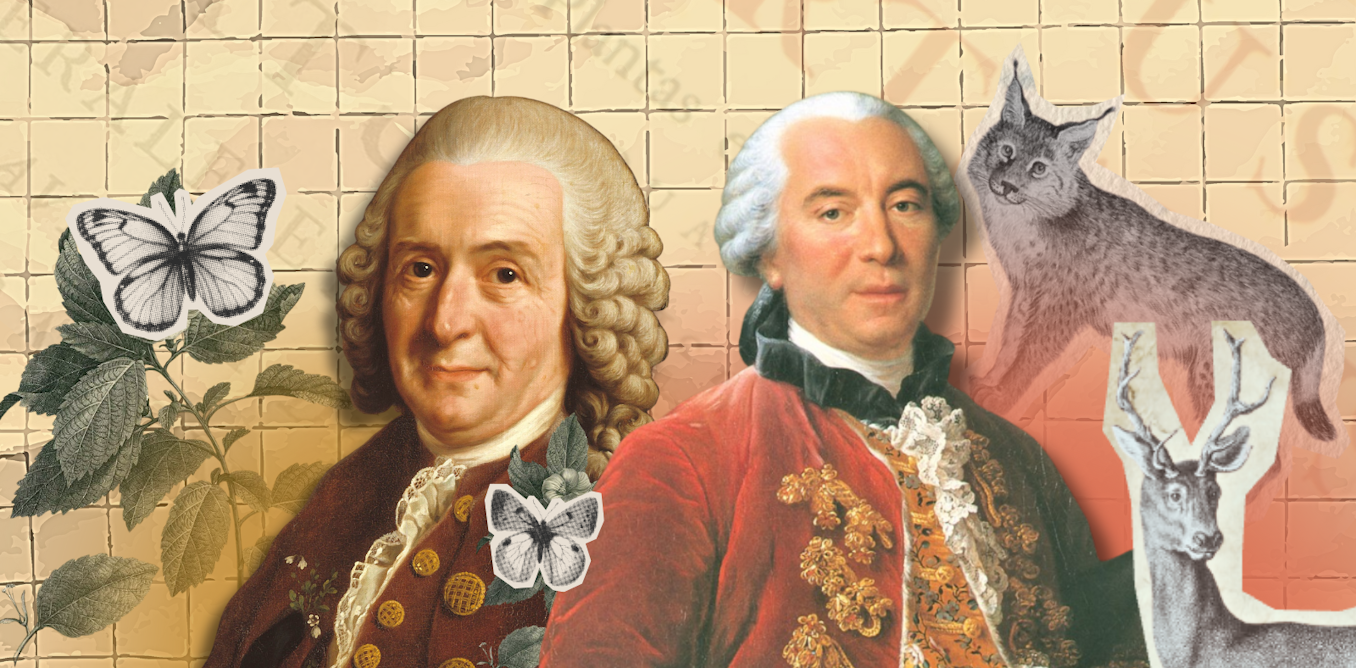



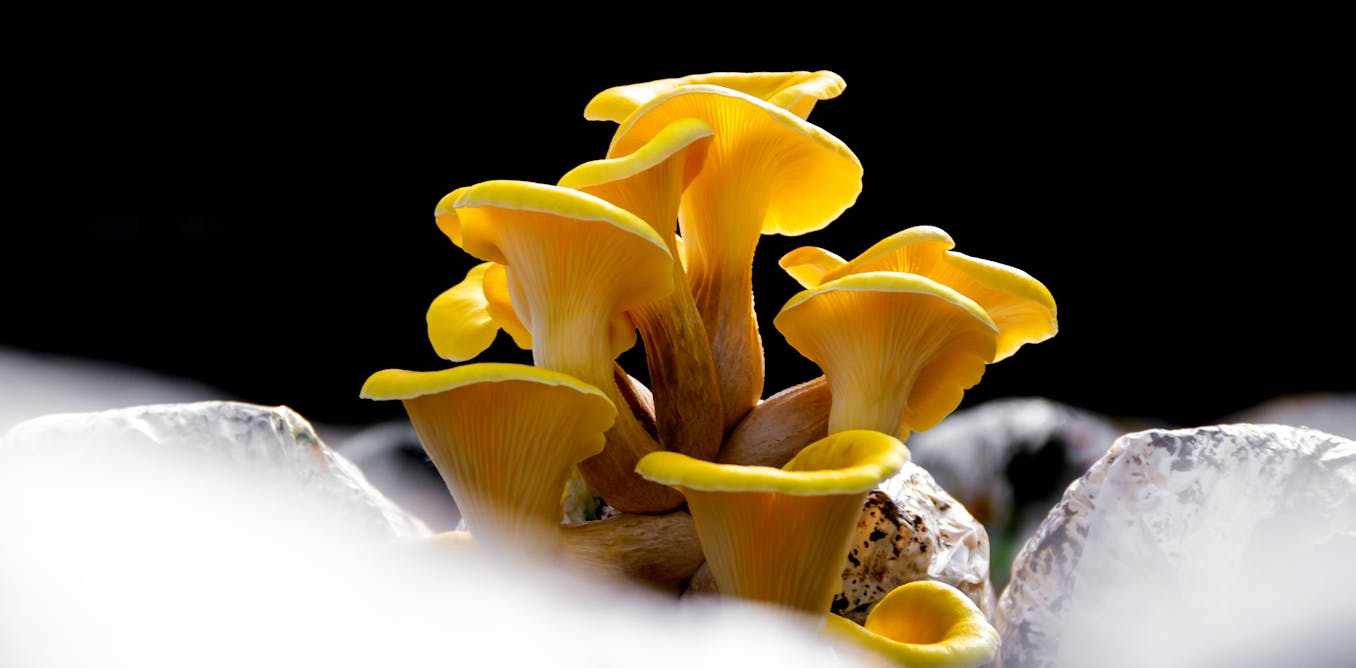
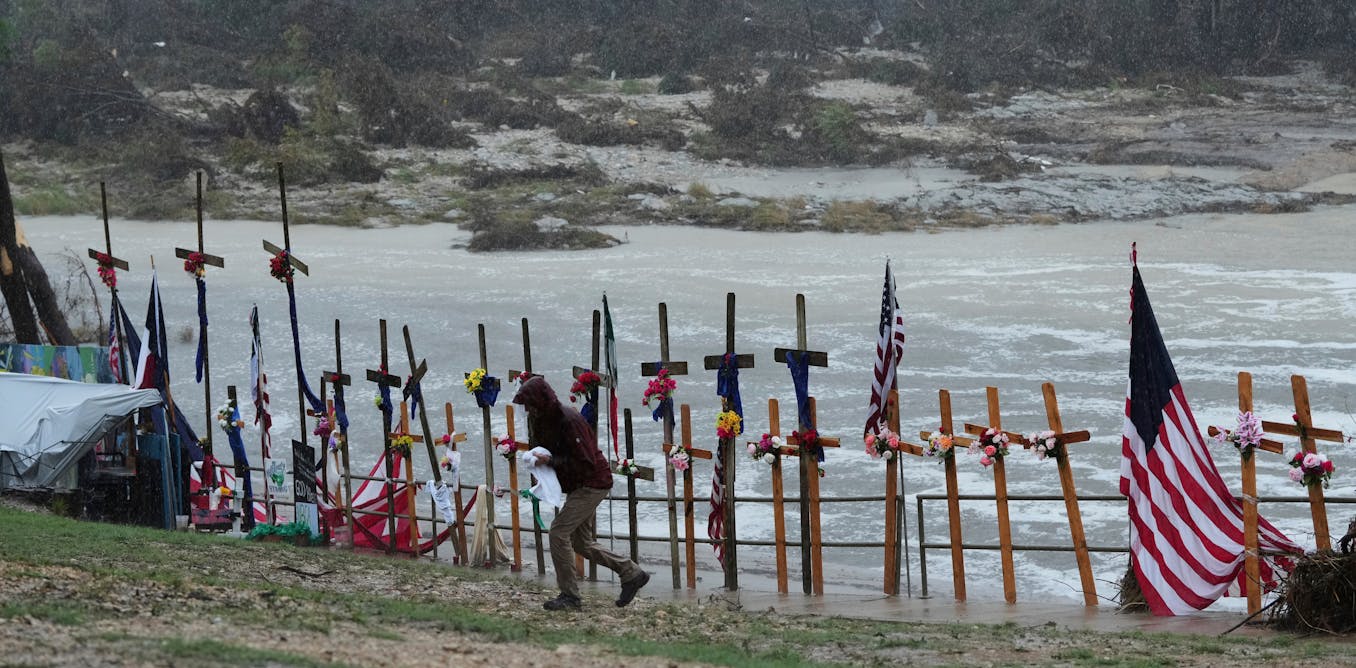
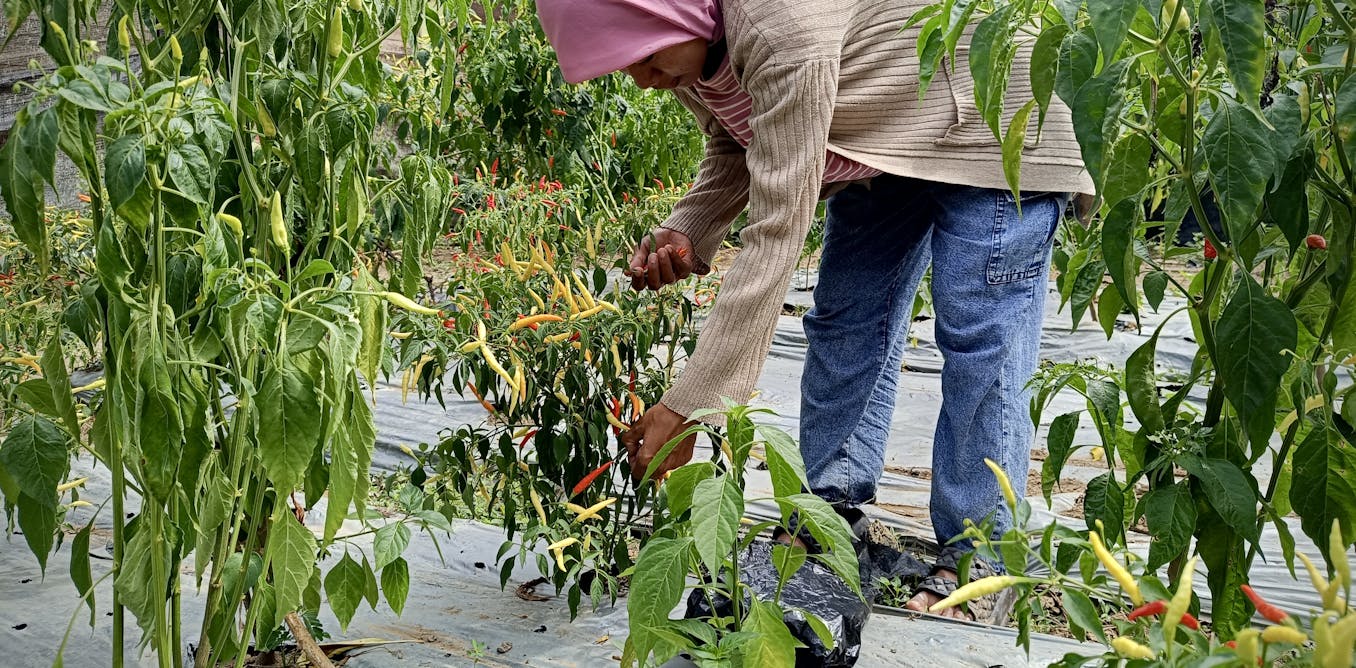
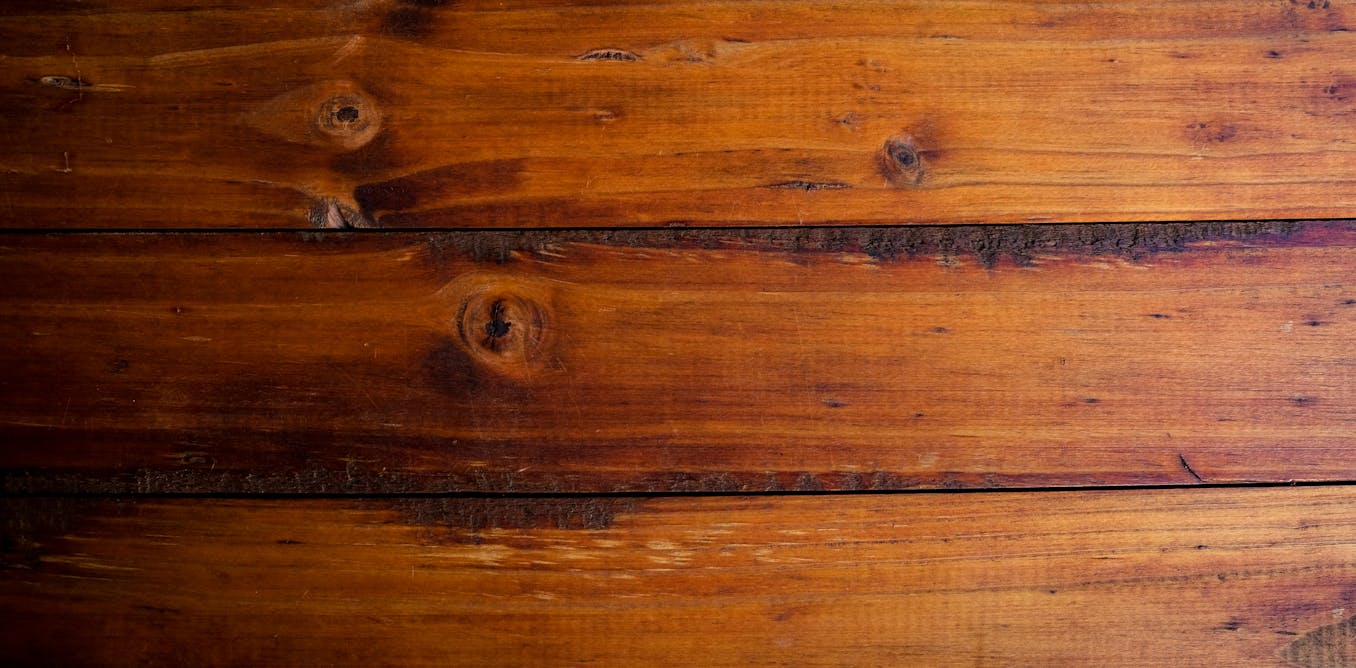

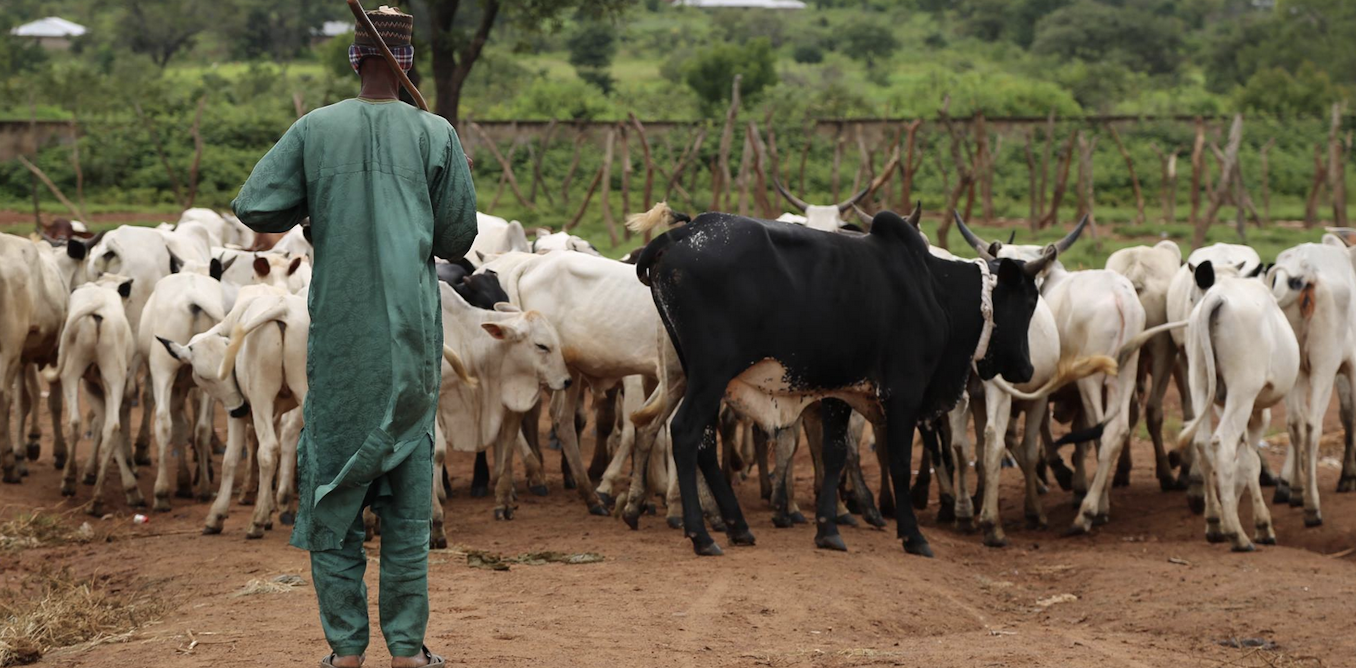






![🔥 MONTAGE Swimwear | Miami Swim 2025 | Bre Tiesi, Kamila Davies, Tamy Keller, Taylor Rabftle [4K] 🔥 MONTAGE Swimwear | Miami Swim 2025 | Bre Tiesi, Kamila Davies, Tamy Keller, Taylor Rabftle [4K]](https://i.ytimg.com/vi/VlxYuUK7pP8/maxresdefault.jpg)

















